Intel processor family names
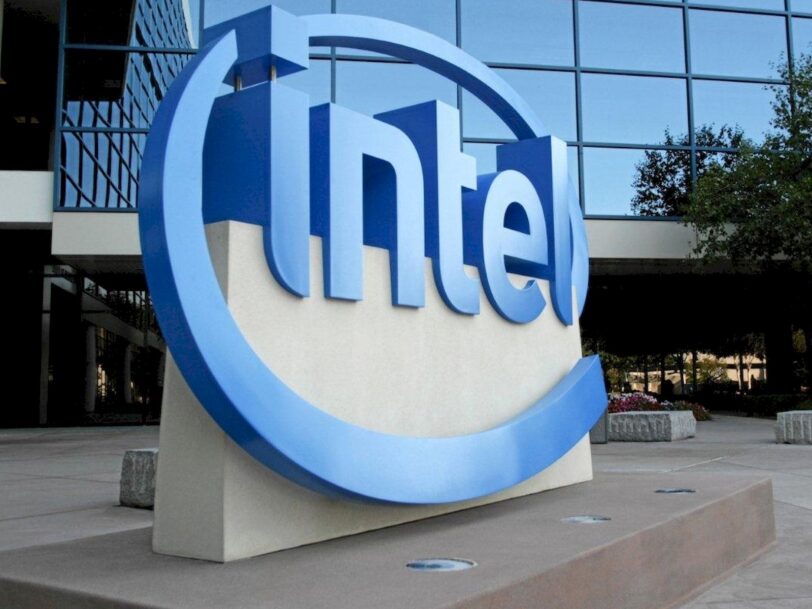
One of the important decisions we always have to face when buying a computer is the choice of processor. As with every device, there are different types of processors we should target depending on the use we will put on the equipment. In this article, where we will focus on Intel processors and their families, you can learn about processor families.
Below you can find information about the processor family names that Intel has released in recent years, in order from strongest to weakest.
Intel Xeon Scalable
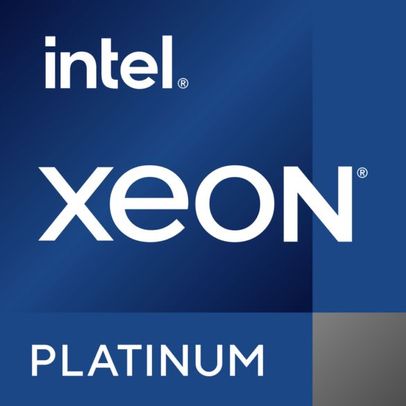
The Intel Xeon Scalable processor family delivers unparalleled scale and performance for compute, storage, networking and security. Similarly, Intel Xeon Scalable processors offer a balanced architecture that provides integrated AI acceleration and advanced security features. This allows you to place workloads where they perform best, from the edge to the cloud. Intel Xeon Scalable leverages decades of innovation to address the most common workload requirements.
Intel Xeon
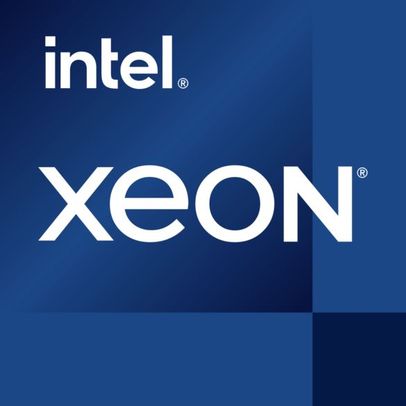
These processors are designed to enable data centers and workstations to handle the heavy processing demands of cloud, big data, modeling, artificial intelligence and more. The idea is to deliver optimized performance, scale and efficiency across a wide range of data center, edge and workstation workloads. Intel Xeons enable you to increase your business productivity with the right architecture.
Intel Core
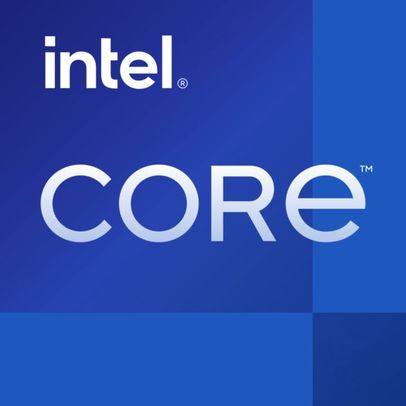
Intel’s high-performance processors for laptops and desktops deliver improved responsiveness, connectivity and graphics features over previous families. Likewise, Intel’s highest performance CPUs for laptops and desktop computers are also included in this family. Here in the Intel Core family the product range is wider, as we can find everything from the modest i3 to the top-end i9. Who are the users who use this family the most? Business people, creative professionals, gamers of all levels and others can find an Intel Core processor that meets their expectations and allows them to do even more.
Intel Pentium
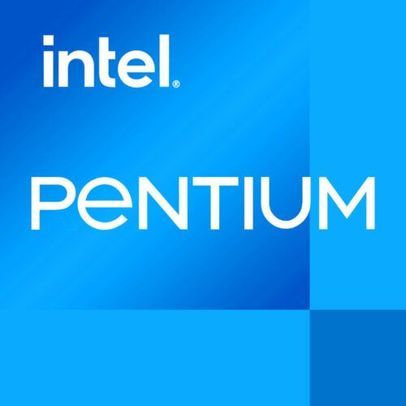
Intel Pentium processors offer better performance than Celerons in terms of power for entry-level computing equipment. This allows for a balance between performance, experience and value in these systems. Likewise, processors (compatible with Windows and Linux operating systems and ChromeOS) provide processing capacity to many more devices, from laptops to convertibles, desktops to mini PCs, allowing each user to choose the device that best suits their needs and delivers the performance, experiences and security features needed. presents.
Intel Celeron
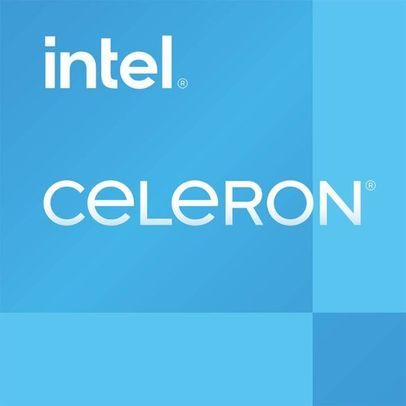
Intel Celerons deliver affordable CPU performance for entry-level laptops and desktops. They also provide solid connectivity and relatively good battery life. By contrast, entry-level Intel Celeron PCs can help users collaborate, create content, learn information, and play games in important ways. Similarly, users can enjoy good experiences on Windows laptops and Chromebooks without neglecting security and connectivity, whether they are traditional, convertible or desktop computers. The idea is to get a device that is affordable and simple, but with good performance.
Intel Atom
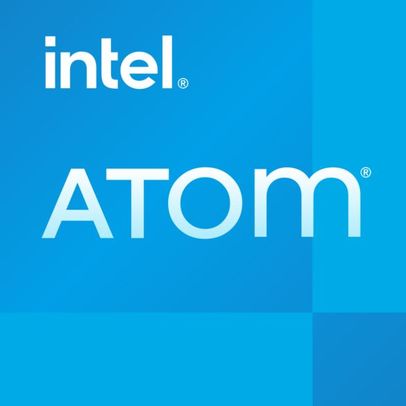
These tiny CPUs are ideal for mobile devices, networking and IoT equipment, as well as high-density, low-power data center applications. Intel Atom processors deliver advanced processing and technology capabilities where they are needed most. Another outstanding feature of Atoms is that they are cost-effective, durable and flexible for use in network infrastructure and security and in storage devices.